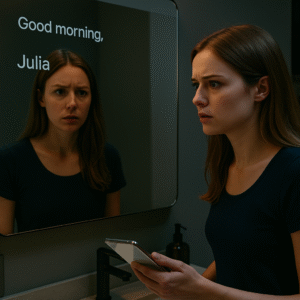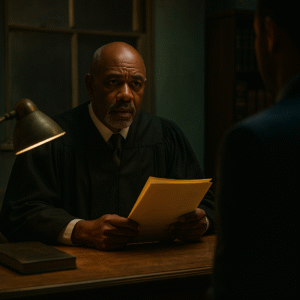I locked every door, checked every window. Then I looked at the photo again. The man in the background—he wasn’t just anyone.
I zoomed in. The same suit. The same face I’d seen years ago at Lily’s funeral. He stood near the back, hands folded, no expression. At the time, I assumed he was from her work. She’d had a government job—low-level security clearance stuff, or so I thought.
But when I ran the image through a reverse search, the same man popped up in old photos from other funerals, military ceremonies, even background crowd shots in protests. Always watching. Always just out of focus.
I called her old boss. The number was disconnected. I called her best friend. Voicemail. I called the morgue that handled her death. They had no file on her.
The next day, I received a plain white envelope on my windshield. No return address. Inside was a thumb drive. One video file. No sound.
It showed a sterile white room. A woman tied to a chair. She looked straight into the camera.
It was Lily.
The lesson?
Some disappearances aren’t accidents. They’re operations. And the people you bury may not be the ones who are really gone—just the ones you’re meant to forget.





